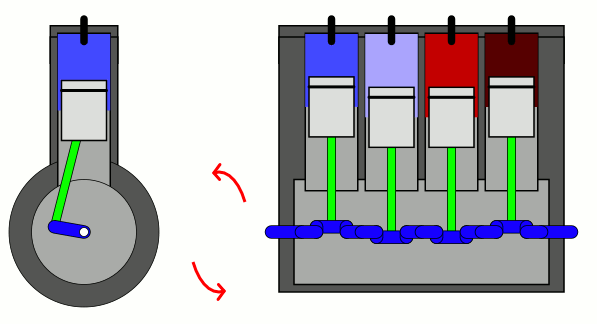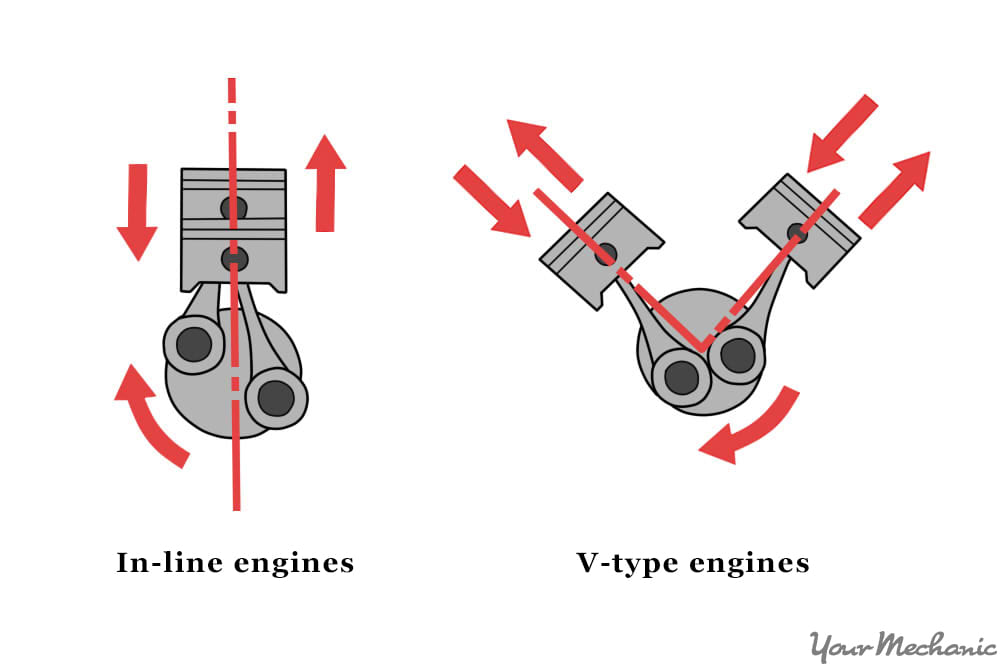
Before timing the ignition you need numbers. The firing order is the sequence of power delivery of each cylinder in a multi-cylinder reciprocating engine.

Basically if there is only one round loaded and you cant see it in the cylinder it is either behind the frame or in the barrel.
How to check to see if cylinder is firing. This is a quick video tutorial on how to determine which cylinder is misfiring. It is super easy and anyone can do it. Here is a link to a great temp gun.
In this video I will show you how to identify which cylinder is misfiring using just a scan tool and basic test light. This test can be used when you have a. Pull the cap off the next plug in sequence listen and then put the cap back on the plug.
Do all the wires in sequence. When you get to the cylinder that is missing there will be no change in the sound of the engine. Pull it off and put it back on several times to make sure you have the right cylinder.
Leave it loose and shut off the engine. The shape of the absorbing area is a very small rectangle. The emmiting area is a sheared tilted cylinderbut it retains its circular shapesay the absorbing area is a person the view factor needed does not include the top and bottom part of the cylinderonly part of the side of the cylinder that can be viewed by the person is taken into account.
Finding Cylinder No. Make sure you know exactly where cylinder No. Before timing the ignition you need numbers.
These numbers can be acquired through aftermarket repair manuals manufacturer repair manuals and reputable Internet sources and from the cars emission labels. Find the cylinder numbering. On most Chevy V8s the drivers side is 1-3-5-7 and the passengers side is 2-4-6-8.
Cylinders 1 and 2 are always closest to the engine. On most four-cylinder engines – no matter the make – the firing order is 1-3-4-2 and the cylinders are numbered 1-2-3-4 with No. 1 being the closest to the front of the engine.
A firing order diagram consists of a schematic illustration of an engine and its cylinders for which each cylinder is numbered to correspond with a numeric firing order indicating which spark plug is triggered during engine operation. Some firing order diagrams also include a small circle indicating the distributor cap of the vehicle and each. The firing order is the sequence of power delivery of each cylinder in a multi-cylinder reciprocating engine.
This is achieved by sparking of the spark plugs in a gasoline engine in the correct order or by the sequence of fuel injection in a Diesel engine. When designing an engine choosing an appropriate firing order is critical to minimizing. Basically if there is only one round loaded and you cant see it in the cylinder it is either behind the frame or in the barrel.
Your odds are 50-50 at that point of getting a headache that asprin wont cure. As a disclaimer this game is usually played when a lot of alcohol has been consumed and normally smart people are stupid. Once it figures out the condition check engine light illuminates and a P-code is set.
This corresponds to the cylinders misfiring. By referring to the final number of P0300 series code you can tell which cylinder is facing misfire. For example cylinder number 4 has a.
Ensure that the number two spark plug wire goes to the number two cylinder and so on. The vehicles service manual will indicate where the number one terminal on the distributor is and which cylinder is number one. Check for shorts cracks and frays in the wires themselves to ensure that a short is not causing the wrong firing order.
The cylinder is the part of the engine where combustion takes place. The combustion in the cylinder is what powers the vehicle. The engine block is normally made from cast iron or aluminum.
Depending on the type of vehicle an engine may have as few as two cylinders to up to as many as 12 the Bugatti Chiron has a 16 cylinder engine. Follow the wire from the number one cylinder to the distributor cap. It will be connected to the number one terminal.
Identify the cylinders on your engine. Based on the type of engine your vehicle has you can identify the specific cylinder or cylinders that are not firing. A cylinder is the central part of a reciprocating engine or pump and is the space in which a piston travels.
Multiple cylinders are commonly arranged side by side in an engine block. However if you discover that the problem only occurs on one cylinder you should check your spark plugs. The process is identical to checking the coil and wires.
Simply swap out spark plugs between two cylinders and see if the problem travels with the plug or if its isolated to the same cylinder. When looking at the engine start on your actual left-hand side with the cylinder closest to you as number one followed by two three and four. Then look to your actual right-hand side.
The cylinder closest to you is number five moving along the line away from you to number eight.